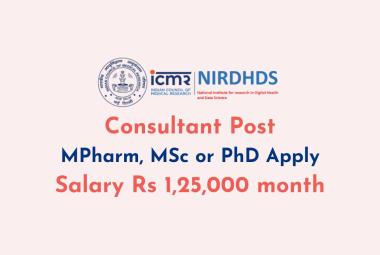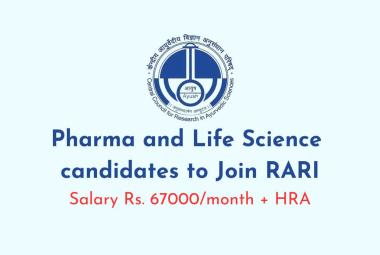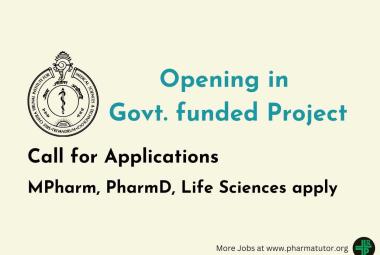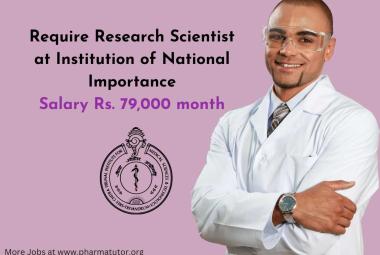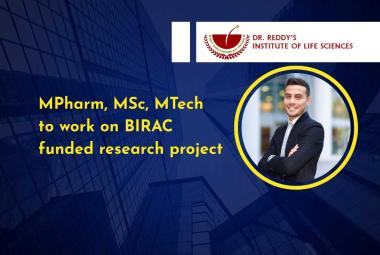GENOTOXICITY
{ DOWNLOAD AS PDF }
 ABOUT AUTHORS
ABOUT AUTHORS
L Reddenna1*, Dr. P. Venkatesh1, K Siva Kumar2, A Sai keshava Reddy2
1* Department of Pharmacy Practice,
Jagan’s College of Pharmacy,
Nellore, Andhra Pradesh, India
2 Department of Pharmacy Practice,
Nirmala College of Pharmacy,
Kadapa, Andhra Pradesh, India
*reddennapharmd@gmail.com
ABSTRACT
Genotoxicity describes the possessions of chemical agents that damage the genetic information within a cell causing mutations, which may lead to cancer. Heritable changes can influence either somatic cells of the organism or germ cells to be passed on to future generations. As a result, many urbane techniques including Ames Assay, in vitro and in vivo Toxicology Tests, and Comet Assay have been developed to evaluate the chemicals probable to cause DNA damage that may lead to cancer. The genotoxic substances provoke damage to the genetic material in the cells through exchanges with the DNA sequence and structure. Genotoxicity testing is to resolve if a substrate will sway genetic material or may cause cancer. Genotoxic Chemotherapy is the treatment of cancer with the use of one or more genotoxic drugs. The treatment is traditionally part of standardized regime. By utilizing the destructive properties of genotoxins treatments aims to induce DNA damage into cancer cells.




